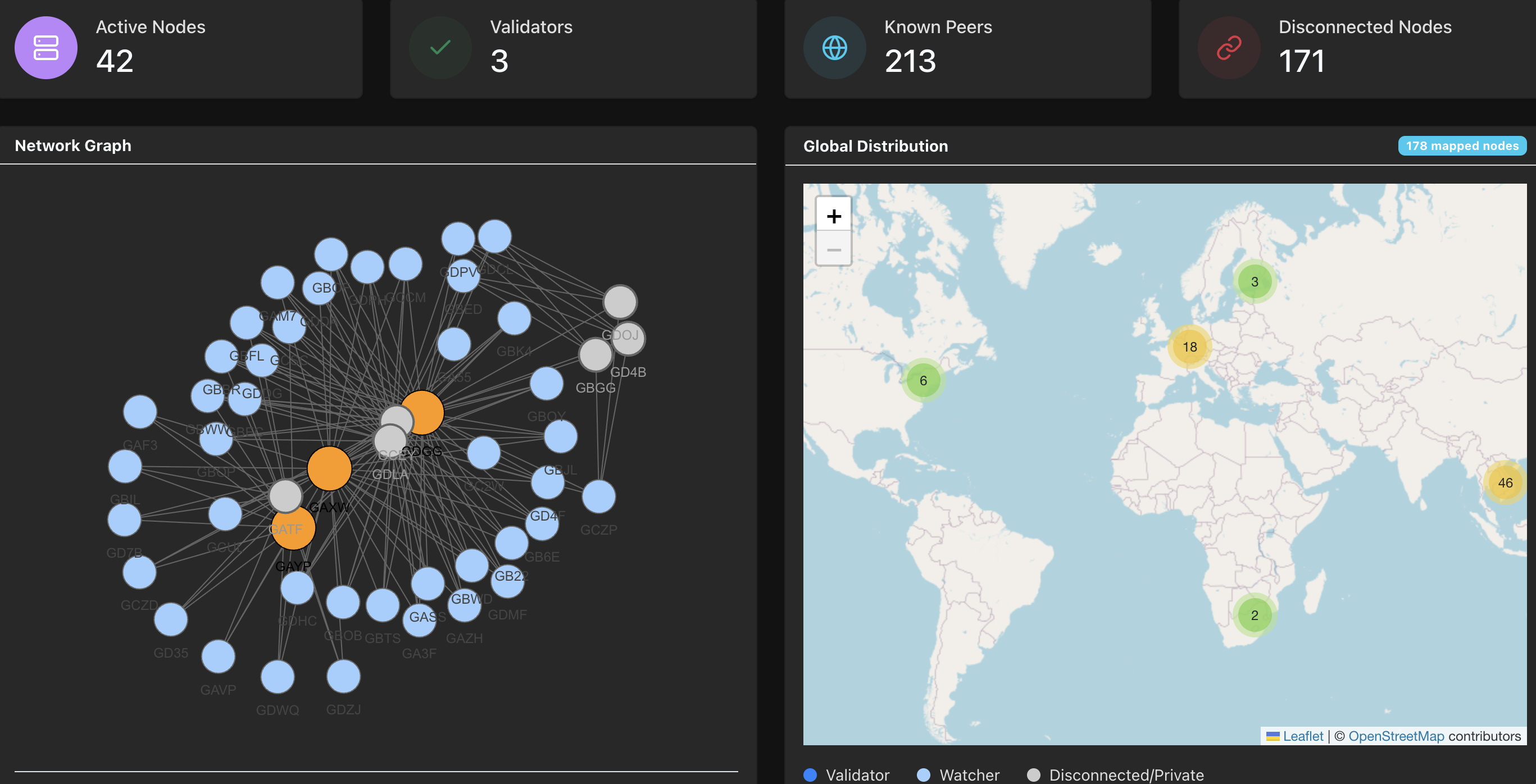-
Pi Network faces increased scrutiny over its SuperNode management, raising serious questions about the decentralization and transparency of its operations.
-
The once-promising crypto project is now grappling with community frustration stemming from undisclosed SuperNode criteria and limited rewards for participation.
-
Justin Bons, a notable figure in the crypto space, has criticized the project as a “scam,” emphasizing its technological shortcomings and centralized nature.
Pi Network’s SuperNode management is under fire as centralization concerns mount, impacting community trust and participation opportunities.
Lack of Transparency in SuperNode Operations
The controversy surrounding Pi Network’s SuperNodes stems largely from their central management by the Pi Core Team (PCT). Initially, during the testnet phase, the network operated merely three SuperNodes, all controlled by PCT and located in limited regions—Canada and Finland. This has brewed skepticism regarding their governance as ***compared to leading blockchain networks*** like Bitcoin and Ethereum, which boast thousands of globally distributed nodes.
Recent reports indicate that the number of active nodes has climbed to 42; however, the lack of identity and operational transparency of these nodes raises a critical question: Is this merely a cosmetic effort to project decentralization by PCT?

Number of nodes on Pi Network. Source: Piscan
As Pi Network transitions to an open network framework, PCT has claimed to expand SuperNode roles to its Pioneer community. Yet the absence of clear criteria or a public registry for SuperNode selection confines trust. The community remains in the dark, with no comprehensive reports detailing the number of approved community members.
Community Frustration and Trust Issues
Concerns amongst Pioneers have escalated, illustrated by discussions on platforms like Reddit where members express their inability to elicit answers regarding SuperNode functions. Questions such as “What is a SuperNode?” yield vague responses, leaving users bewildered. Beyond the lack of information on participating as a SuperNode, many community members are disheartened by the absence of rewards for running nodes. Reports of inactive nodes persisting for months without results are not uncommon.
This raises significant concerns: Is the pathway to becoming a SuperNode accessible to the general Pioneer community, or does it cater exclusively to individuals with unique knowledge or capabilities? If high-performance hardware is a prerequisite, it contradicts Pi Network’s original vision of ***”easy mobile mining,”*** alienating a majority of its user base.
Critics have voiced their opinions as well, with experts like Justin Bons, Founder and Chief Investment Officer of Cyber Capital, labeling Pi Network a **scam**, citing serious flaws in its technology and the centralization of its structure. His comments have sparked further debates about Pi’s reliance on Stellar’s technology and its potential for decentralized finance.
Although the community is working on solutions such as PiDaoSwap to mitigate price manipulation, the situation remains concerning as the market price of Pi Network tokens has recently dipped below the $1 mark.
The SuperNode mechanism is essential to Pi Network’s structure, yet the current lack of transparency undermines its claims of decentralization. For Pi Network to regain community trust and ensure fairness, **PCT must clarify the criteria for SuperNode selection**, provide a public list of designated nodes, and delineate reward mechanisms for participants. This transparency is fundamental in transitioning Pi Network into a genuinely decentralized and inclusive cryptocurrency ecosystem for all Pioneers.
Conclusion
In summary, the ongoing issues surrounding Pi Network’s SuperNode management could hinder the project from reaching its full potential. The community’s demand for transparency and equity in participation is crucial for fostering trust and long-term sustainability. As Pi Network navigates these challenges, it remains to be seen whether it will address these concerns effectively and offer genuine opportunities for its users.






